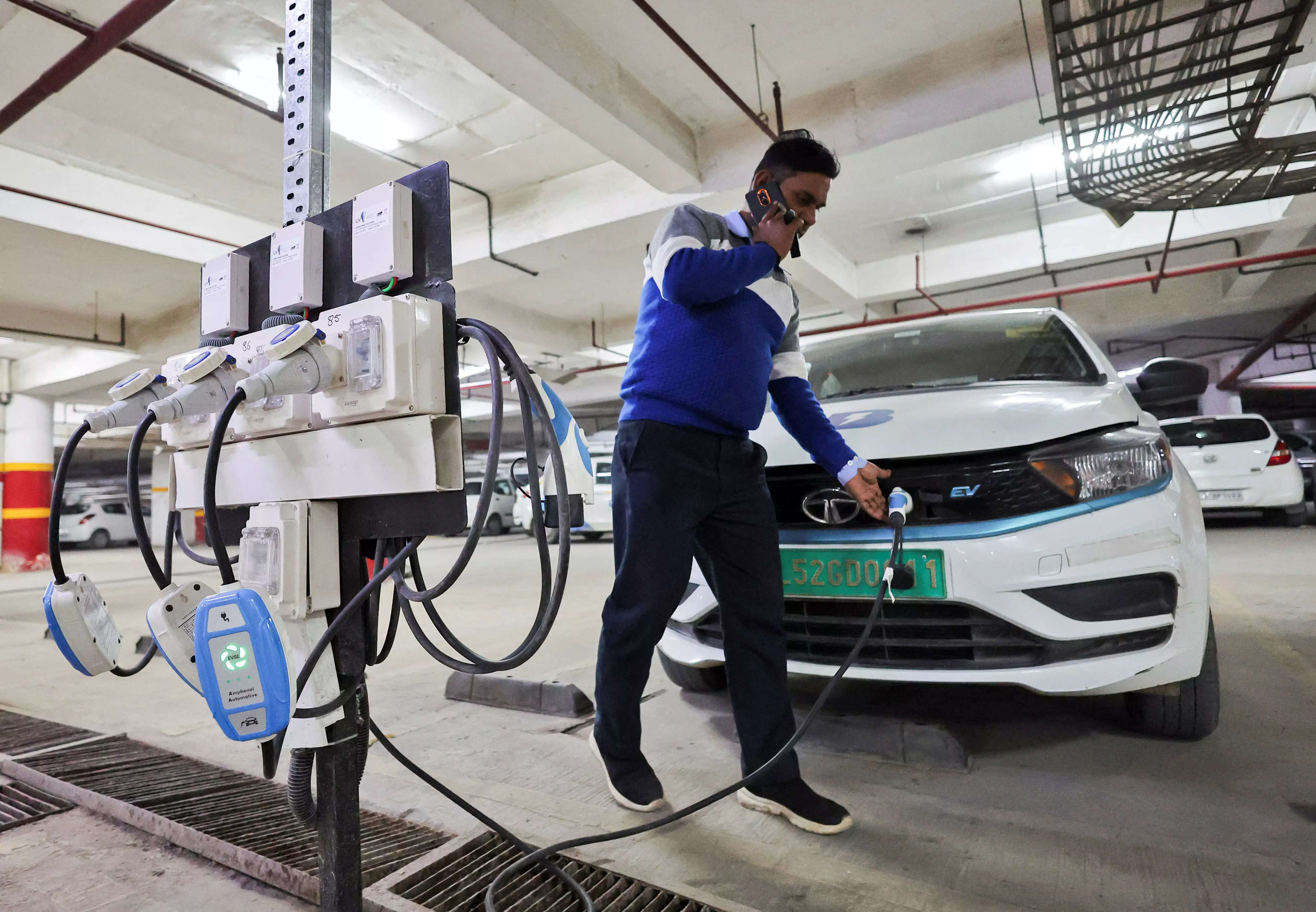
The International Energy Agency has said there are promising signs of growth for electric vehicles in emerging markets like India and Indonesia going forward, outside of the three major global markets including China, US and EU.
The deployment of clean energy technologies had another record year in 2022, and the electric car markets witnessed unprecedented growth as sales exceeded 10 million units in 2022, with a total of 14 % of all new cars sold being electric – up from less than 5 % in 2020, the agency said in its Critical Minerals Market Review 2023.
The People’s Republic of China was the front runner, accounting for around 60 % of global electric car sales in 2022, followed by the European Union and the United States. “Electric car sales are generally low outside the three major markets, but there are promising signs in emerging markets such as India and Indonesia,” IEA said.
It added that EV sales are expected to grow strongly through 2023, thanks to the increasing availability of affordable models and strengthened policy support. Over 2.3 million electric cars were sold in the first quarter of 2023, about 25 % more than in the same period last year.
Also, alongside the strong growth of EV sales, investment in energy storage systems is growing even faster with a doubling of capacity additions in 2022. IEA’s early estimates suggest another doubling of new installation in 2023, driven by strong growth in utility-scale battery systems.
The report also said that the global spending on renewables hit a new record at almost USD 600 billion in 2022, with around 340 GW of capacity addition, despite cost and supply chain pressures. “The growth was mainly driven by solar PV. China alone added almost 100 GW of solar PV capacity in 2022, almost 70 % higher than in 2021, and is on track to add 150 GW in 2023,” IEA said.
The continuous increase in clean energy deployment in recent years has led to a significant rise in demand for critical minerals. From 2017 to 2022, demand for lithium tripled while nickel and cobalt demand increased by 40 and 70 %, respectively. Coupled with heightened prices, the market size of key energy transition minerals – namely copper, lithium, nickel, cobalt and graphite – doubled, reaching USD 320 billion in 2022.
The IEA’s clean energy equipment price index monitors price movements of a representative global basket of clean energy equipment products, including solar PV panels, wind turbines, and lithium-ion batteries for EVs and energy storage. This index declined consistently at an annual average rate of 13% from 2014 until the end of 2020, after which it started to rise.
By the second quarter of 2022, the index reached the same value as it had four years earlier. Individual clean energy technology prices have reflected this trend. Prices of wind turbines have risen consistently between 2020 and 2022, although they show some signs of easing in 2023.
“Prices of solar PV modules increased between 2020 and 2021 for the first time after a decade of declining prices. They continued to rise in 2022, albeit at a slower pace, although 2023 could be the year of relief as silicon prices gradually start declining,” the report said.
Unlike solar and wind, price pressures did not arrive for batteries in 2021, but 2022 became the first year that prices for both storage and EV batteries saw an uptick, reversing a decade of falling costs that had resulted from technology innovation and economies of scale.

